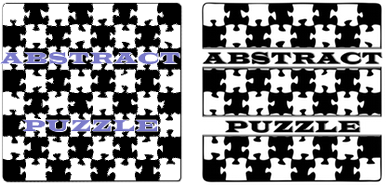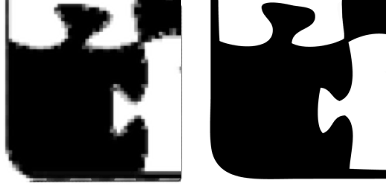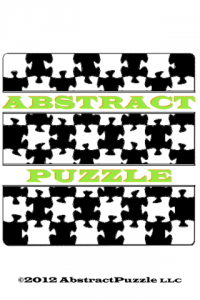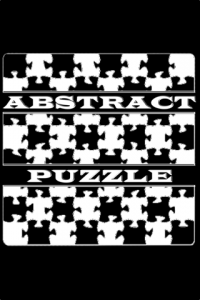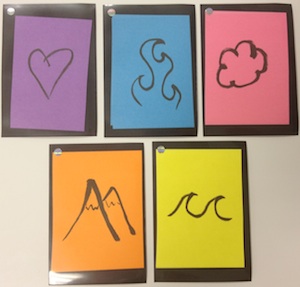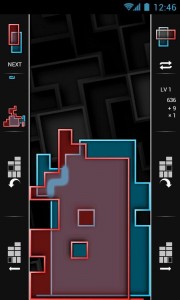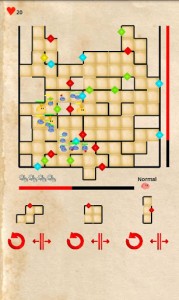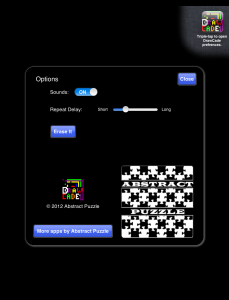Last year I spent a fairly significant amount of time going through all the games created for the Global Game Jam in the Board Game category. I then got about five of those games into a “playable” state by printing their components or whathaveyou. (The standout from last year was easily Saprobiont, which I have probably played at least a dozen times.) I wrote the whole thing up in a lengthy blog post before I’d had a chance to play any of them.
I can’t explain it, but this year’s batch of games didn’t have nearly as many that I want to play. I went through the entire list of 124 games tagged as Board Games, and of those, took notes on 57 of them. (Probably half of them were little more than a name, and half again after that little more than a name and a snapshot someone took of their prototype.) Of those 57, after some investigation, I only found 36 that appear to be “playable” in English. That is definitely more than last year’s 19, but I spent less time this year, and may have disqualified more of them if I’d taken the time to really dig in.
Of the 36, last night I had the chance to play 3 of them, and one of them was mine.
- HeartBurn (my creation) – Two plays of my app/card game hybrid last night. There was lots of giggling, and reactions were positive, but there was no rush to play it again after either game. (Games lasted probably around 2 minutes each.) My new feeling for this game (which was actually echoed in both of the other GGJ games I played last night) was that it’s missing something essential to make it feel more like a “real” game. More (any) meaningful decisions, maybe?
- Brando – Played a round of this dice game. I was initially intrigued by it, and enjoyed picking out which dice to pit against my opponent, but the game ended up feeling insubstantial. If you like rolling dice to see who wins, this may be more up your alley. My original notes: “Dice game, requires math, looks interesting.”
- Divide – My notes: “Quite interesting set of rules for a game played with a standard deck of cards, but the suits and numbers don’t matter, only the colors of the card, red or black.” Played a few rounds of this, and my impression was that — again — it’s lacking something to have real appeal. The idea is interesting, and there were a few surprises durring our play. The game can be played by either relying entirely on luck, (the goal is to guess the distribution of red and black cards in your opponent’s hand), or with some careful and calculated deduction.
Here are my notes on the other 34 games that appear to be “playable”:
- <3 U – Party game where you actually text each other cryptic messages and your team-mate(s) attempt to decypher your text.
- ACK! The Subtle Art of Geriatric Assassination – Munchkin-inspired card game of player assassination.
- Barrilete Galáctico – roll & move
- Beat To Death – 2-player tile and card game where each player controls a monster’s body, and that body directly attacks the opponent’s body.
- Birthday Suit – “a cooperative edutainment party game that mixes biology, light humour and innuendo”
- Caloria – Health/fitness theme on a worker placement game
- Common Causes – Roll & move with political theme. Winning and losing are subjective in this game.
- Destroy All Men – Draw and play card game. You are a woman who, through the drawing of random cards, gets to either “destroy” or “submit to” a man. Poor design, kinda fun theme. Playable.
- Escape from Vampire – Card-based game where you are running away from a vampire.
- Fantabulous Fluffy – Another dice fighting game
- Fat Food Contest – card game where you try to eat the most
- Flow to the Heart (Fluss zum Herz) – Complex game based on Parchisi. Extensive rules, and lots of “bits” are needed, as well as a deck of cards.
- Heart of the Ship – Be the first human to escape your cryostasis and find the escape pod. Sounds pretty interesting. Art is not bad.
- Heart Rate Speed Date – No-turn (everyone plays at once) matching game for two players. Nice art, silly theme (speed dating), but looks cool.
- Heartbeat of a Fickle God – Cards, dice used to reprsent the gods’ various emotions (or perhaps minion emotions, not sure). Hidden goals, and open trading. Looks like all phases are simultaneous play. Rules could use work, but it looks like this is probably playable.
- Heartfelt – Fairly complex rules for a standard-52-card-deck game inspired by Race For The Galaxy and Citadels.
- Igor, Jumpstart The Heart! – Draw a card and play it to either build your monster or destroy someone else’s monster. When your monster is complete, roll a die to see if you won. For kids.
- Life of Jo(e) – Dice/card game with a single track gameboard. Players roll a die every turn to determine their actions for the turn. Players are moving live and death tokens on the track (as well as other tokens), and when live meets death, the player who has that section is the winner.
- Lovespoons the Card Game – Card game about building lovespoons. Looks fairly interesting, but the art is uninspired.
- Mad Geneticists – Card & dice attack game.
- Mad Hospital – co-op(?) game where the goal is to keep a hospital running. Cards are not in english
- Malpractice – co-op game defending a body from disease
- Milk Finder – Roll & move touching on social/political implications of formula milk
- Night Hunt – Vampire hunting game
- Pathogenicocytomitosis – Dice and card game. Decent looking art. Would be expensive to print.
- Pizza War – Pizza themed roll and move, on a grid, with chess-like capturing
- Pump The Muscle! – Roll & Move with one interesting optional rule about pumping a balloon to simulate pumping a heart.
- Racing Heart – Elaborate rules. action point system. cards, large gameboard with spaces representing parts of the body. Innerspace-like theme.
- Relation$#! – Deckbuilding card game with relationship theme
- Rest – Dice game. Betting and rolling.
- Shaman Showdown – Another two-player battle game. This time the players are shamen, and attack each other by sacaraficing animals to cast spells
- The Capture – Roll & move
- The King’s Heart – Card and dice game. You are an assassin. Play attack cards and roll dice to attack various parts of the king’s heart.
- Malpracticeco – Claims to be a cross between Cards against Humanity and Munchkin. Instructions say the rules are intentionally vague. No art on the cards.

